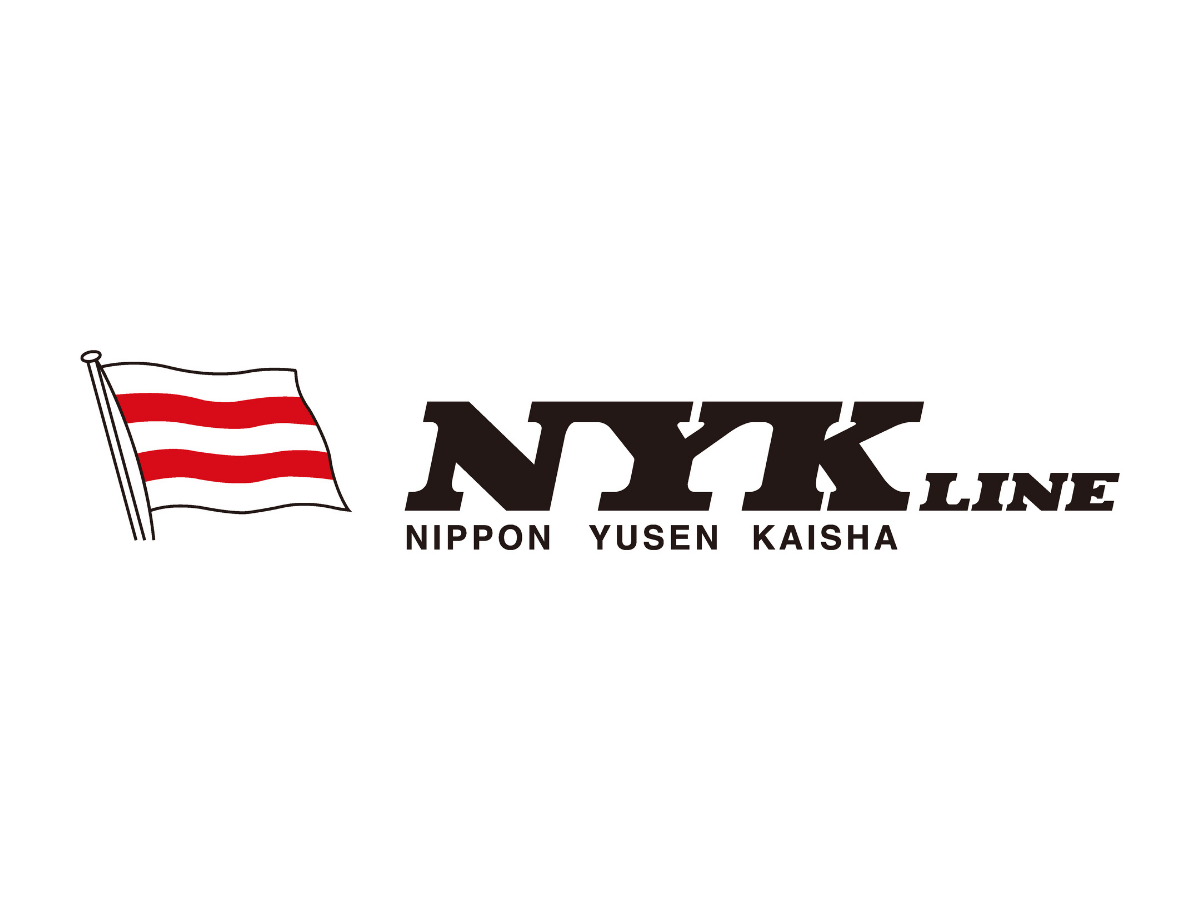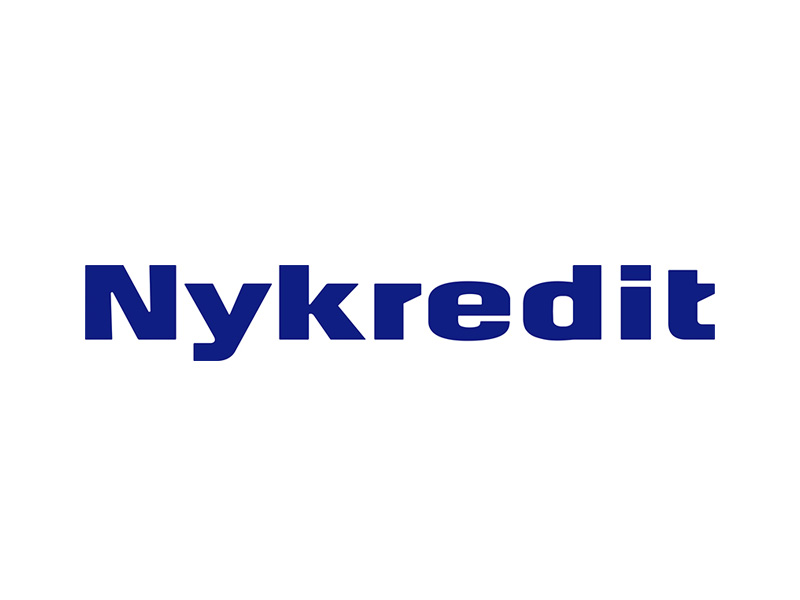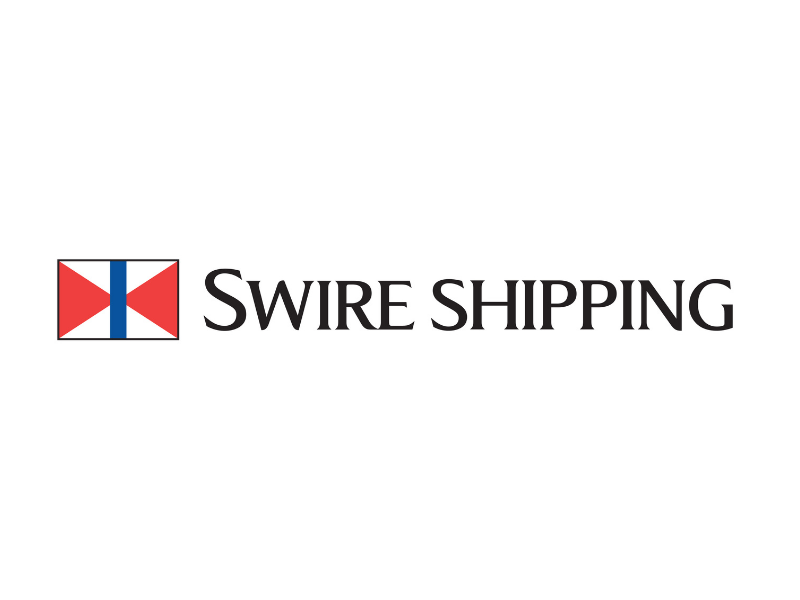Explore SRTI data
Driving progress through transparency
The SRTI uses transparency to drive progress on ship recycling by way of a one-stop-shop online platform to share information on ship recycling.
Through the SRTI, shipowners can voluntarily disclose information on their respective ship recycling policies, practices and progress, holding themselves to account before key stakeholders and for the benefit of the wider public.
Simultaneously, stakeholders such as cargo owners and financiers can become signatories, demanding transparency from shipowners on their approach to ship recycling and using SRTI data to make informed decisions and reward good practice through the market.
Disclosure Questionnaire
The Disclosure Questionnaire is the core element of the Ship Recycling Transparency Initiative, serving as a comprehensive tool for shipowners to voluntarily disclose the most relevant information on their ship recycling policies, practices, and progress. This structured questionnaire enables transparency, accountability, and the promotion of sustainable practices within the industry and it is provided by shipowner on an annual base.
Key areas of disclosure
Shipowners disclose data through the Disclosure Questionnaire on five key areas:
- Ship recycling policy and standards
- Policy for selling owned vessels for further trading
- Ship recycling contract
- Inventory of Hazardous Materials (IHM) and Ship Recycling Documentation
Implementation of the ship recycling policy and standard
“This initiative is helpful to any investor who wants insights to the very complex question of ship recycling. With key information on a company level this initiative will enable investors to better assess related risks and opportunities.”
Morten Therkildsen
Managing Director
Nykredit Asset Management
Who is disclosing?
There are currently 14 shipowners disclosing their approach to ship recycling through the SRTI platform.
Shipowners by vessel type
Number of ships operated
Ship recycling policy and standards
International conventions and principles to which ship recycling policies adhere
In the absence of a single global piece of regulation for ship recycling stakeholders to adhere to, shipowners may develop policies utilising guidance from several instruments, international conventions, and principles, including (but not limited to):
- Basel Convention on the Control of Transboundary Movements of Hazardous Wastes and Their Disposal (1992)
- EU Ship Recycling Regulation (2013)
- Hong Kong International Convention for the safe and environmentally sound recycling of ships (2009)
- ISO 30000:2009 Ships and marine technology – Ship recycling management systems (2009)
- OECD Guidelines for Multinational Enterprises (2011)
- Safety and health in shipbreaking: Guidelines for Asian countries and Turkey (2004)
- Stockholm Convention on Persistent Organic Pollutants (2001)
- The Recycling of Ships Act (2019)
- UN Global Compact
- UN Guiding Principles on Business and Human Rights (2011)
Policy for selling owned vessels for further trading
Members specific data
In this section you can explore the SRTI specific members data by using the search box below.
If you are looking for specific results, you can filter members based on their stakeholder category.
Depending on the type of stakeholder you will be able to access the Disclosure Questionnaire or the most updated available information by clicking on the desired match.
You can also view and export the data below, using the search box for look for specific results or filtering within each column.































